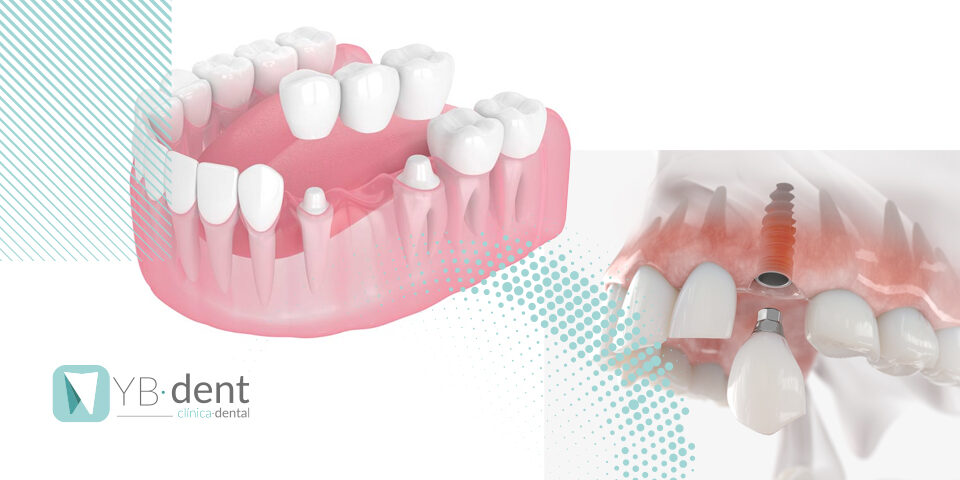Todo sobre la sensibilidad dental

La sensibilidad dental afecta a muchas más personas de lo que creemos y es que se trata de un trastorno dental muy común en el 30% de la gente. Puede ser debido a diferentes motivos y es que en este post vamos a hablar de sus causas y cuáles son los mejores consejos para combatir este molesto dolor. La sensibilidad dental aumenta con la edad, y esto es porque el desgaste del esmalte y la retracción gingival son mayores.
Se trata de un dolor dental bastante agudo provocado por la exposición de la dentina que aparece debido al contacto con ciertos estímulos externos. Estos estímulos pueden llegar a ser muy comunes en nuestro día a día y por ello muchas veces no podemos evitarlo. Estamos hablando de algunos alimentos que pueden provocar sensibilidad dental debido al calor, al frio, a lo dulce, a lo salado… existen muchos motivos que provocan este trastorno dental por lo que debemos tener especial cuidado con nuestra dieta.
El principal motivo por el cuál sentimos sensibilidad dental es que los fluidos que están dentro de los túbulos dentinarios se alteran debido a los cambios de temperatura, cambios físicos o incluso osmóticos. Esto provoca la estimulación de receptores de presión que provocan la excitación nerviosa, generando dolor dental.
Causas de la sensibilidad dental
Alimentos ácidos
Los alimentos con pH bajo contribuye a la erosión del esmalte de nuestros dientes. Estos son alimentos como cítricos, las mermeladas, el té, el yogur, los refrescos azucarados o el vino.
Mala higiene bucal
Es importante lavarse bien los dientes un mínimo de dos veces al día durante dos minutos y mucha gente piensa que para ello se debe hacer con mucha fuerza. El cepillado con excesiva fuerza puede provocar recesión gingival, apertura de túbulos dentinarios y abrasión cervical.
Por otra parte, una mala higiene bucodental provoca la acumulación de la placa bacteriana en nuestros dientes, sobre todo a nivel cervical. Esto puede llegar a destruir el esmalte y el cemento.
Bruxismo
Los pacientes que sufren este tipo de trastorno tienen desgastes y fracturas en algunas zonas de los dientes. Las tensiones derivadas del bruxismo provocan su flexión a nivel cervical y por ende la pérdida de los cristales que lo conforman. Esto permite el contacto de la dentina con el medio oral.
Consejos para combatir la sensibilidad dental
La sensibilidad dental es un trastorno dental muy incómodo que afecta a la vida de quienes la sufren. Provoca vivir con más limitación en cuanto a la alimentación y con un dolor constante a lo largo del día.
- Si has consumido alimentos ácidos, deja pasar al menos cinco minutos antes del cepillado. Esto se hace para que la saliva pueda neutralizar el pH ácido de dichos alimentos. De este modo el esmalte de tus dientes no estará reblandecido en el momento del cepillado, reduciendo así su desgaste.
- Utiliza cepillos de dientes específicos para sensibilidad dental con filamentos redondeados y texturizados para no dañar tus dientes y encías. A la hora de elegir tu pasta dental, busca una no abrasiva y colutorios con principios activos para la sensibilidad dental. Notarás una gran diferencia a los pocos días de utilizarlos.
- Los palillos dentales están totalmente prohibidos. Existen elementos de higiene bucal que cuidan tus dientes y encías.
Todos estos consejos te permitirán eliminar la sensibilidad dental o en su caso disminuirla de manera considerable. Si ves que el dolor persiste y te impide llevar una alimentación variada, lo mejor que puedes hacer es acudir a tu clínica dental más cercana.
En Yb-dent te ofrecemos un servicio personalizado pensando siempre en tu salud y cuidando de ti en todo momento.



